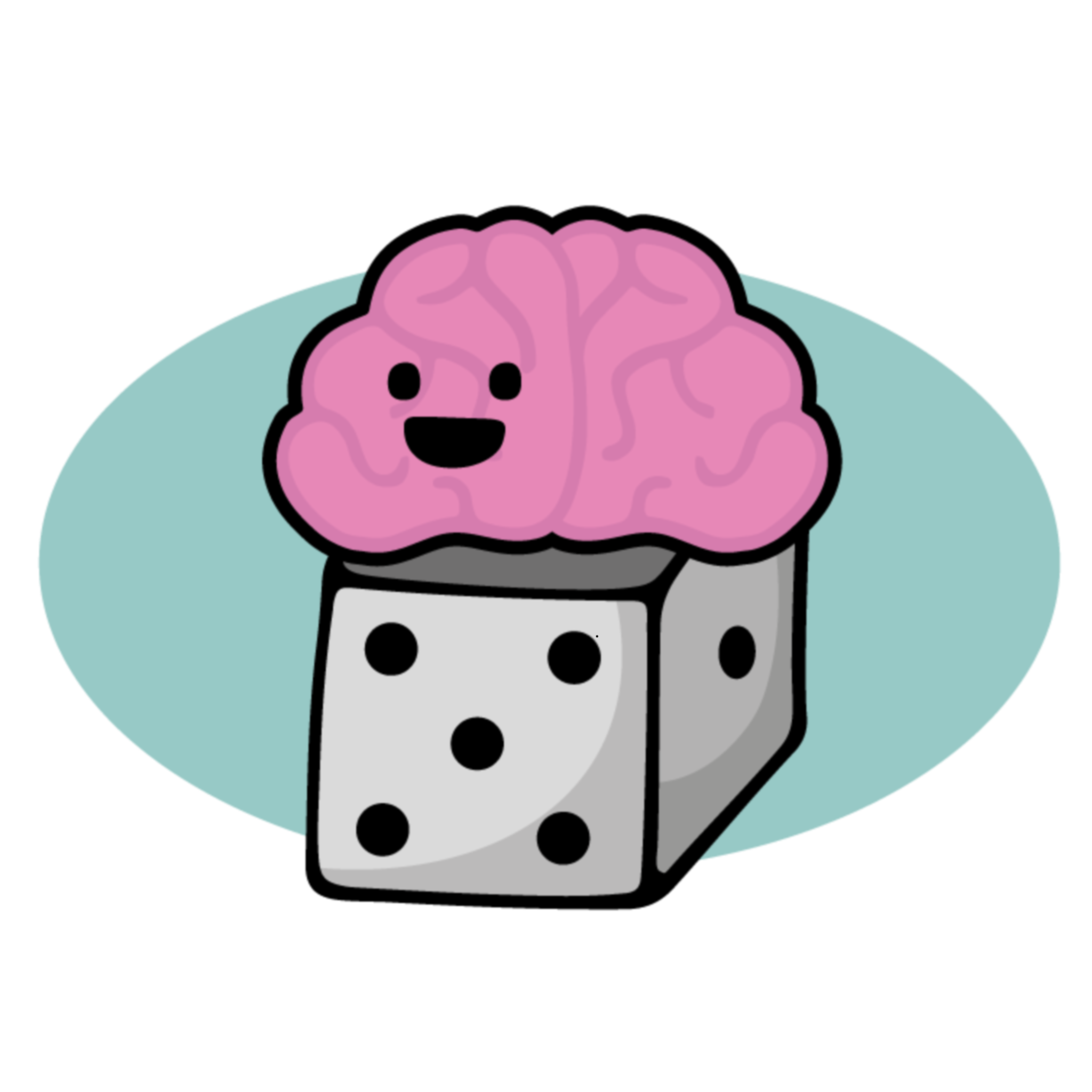Help for kids with math disabilities
Many readers would agree that homework time can be stressful - for some kids, schoolwork is frustrating enough that they'll use almost any tactic to avoid it. Kids with learning problems often find homework to be an especially difficult time. Parents might teach the material in a different way, or using different language than the teacher did, leading to confusion, for example. Math homework could be especially challenging - the way math is taught has changed a lot since I was a student, and many parents (myself included) sometimes find it difficult to help their kids! Not only that, but learning disabilities affecting math are not uncommon; some researchers have quoted rates of mathematics disabilities as high as 9% in the school-age population! These problems are serious, and might have an effect on employment and productivity in adulthood. How can parents help kids who are having trouble understanding math concepts? There are a number of commercial programs and tutoring services that say they'll improve math performance, but I think that few of them have been validated with data to back up their claims. Researchers at Vanderbilt University and University of Houston looked at two different tutoring methods in a study published in the current issue of the Journal of Educational Psychology, to see whether programs focused on combining numbers result in greater performance than those emphasizing word problems. They tested these methods on groups of Grade 3 students who were identified with a mathematics disability or a combination of reading and math disabilities.
One method examined in the study concentrated on teaching number combinations, referring to basic addition and subtraction calculations. The idea was to teach strategies to increase calculation speed and to improve the students' ability to memorize answers so they can retrieve them automatically. This program included practice with basic calculations and also required the students to recite "number chants" (for example, 1+1=2, 2+2=4, 3+3=6, etc.). Strategies included explicit teaching of how to count up or down from the largest number in the combination. Students were also encouraged to "pull the number out of their head" if they "just know" the answer to a question.
The second method focused on teaching the kids to solve word problems. Obviously, these kinds of questions are tougher than basic number combinations because the student has to use the information in the problem to create the "number sentence" that will solve the problem. This program initially reviewed strategies such as counting up from the largest number and double-digit addition and subtraction. Students learned how to solve for any number in an equation before beginning to work on word problems. After being taught how to solve various word problem types, the children learned to circle relevant data in the problem so they can find the missing information and develop an equation to solve for it. This program, which was developed over a 5-year period, is called "Pirate Math" because of the pirate theme running through the materials.
Both programs worked better than regular classroom instruction when it came to improving performance on basic addition and subtraction calculations - in fact, they worked equally well. This is interesting, since Pirate Math only included 1 lesson on number combinations and then allocated 2 minutes of practice per lesson after that. The Pirate Math program was also linked to large improvements in basic algebra (remember, the students were in Grade 3 and had a mathematics disability) and problem-solving skills after only 16 20-35 minute lessons! Not only that, but students who had a reading disability in addition to their mathematics disability improved to the same degree as the other kids; the instruction helped even though reading was difficult for them. Further research will be required to see if similar improvements will occur for students without learning problems. It would also be interesting to see how long the improvements last.
We'd love to hear from you about math programs that have been helpful for your kids! You can find the Journal of Educational Psychology study here.
You can get information about how to order the Pirate Math program (this is not an ad or an affiliate link, by the way) by emailing flora.murray@vanderbilt.edu. The manuals and materials cost $40 US - Ms. Murray wrote back to me immediately, even though her autoreply message said she was away from the office!
Note: Posts on Family Anatomy are for education only. If you need to talk to someone about family or mental health issues, you can get a referral from your family doctor.
